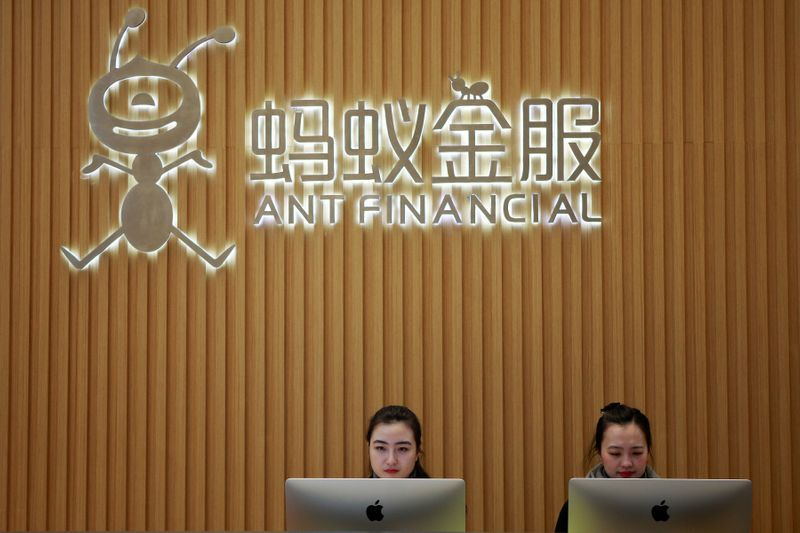Stepped up Chinese scrutiny increases investment risk of ‘Beast’ Ant

As Ant Group was working in August towards its giant IPO, at least two smaller Chinese banks with existing ties to the fintech firm decided to stop sourcing new consumer loans from it, people with knowledge of the matter said.
Their moves came after regulators scrutinised banks that used Ant’s technology platform excessively for underwriting consumer loans at a time when concerns about defaults and lenders’ asset quality grew in a pandemic-hit economy, said the people.
The sharper regulatory focus over Ant’s cash cow and rapidly growing consumer lending business to curb financial sector risk has emerged as a key concern for potential investors ahead of its likely $35 billion float, the world’s largest.
For its lending business, Ant originates demand from retail consumers and small businesses and passes that on to about 100 banks for underwriting, earning fees from the lenders and putting its own balance sheet at minimum risk.
Ant’s consumer lending balance was 1.7 trillion yuan ($254 billion) as of end-June this year, or 21% of all short-term consumer loans issued by Chinese deposit-taking financial institutions.
“The ‘catch me if you can’ type of game between regulators and Ant will always be there,” said Dong Ximiao, chief analyst at the Zhongguancun Internet Finance Institute, a think tank backed by Beijing’s Haidian district government.
“But the trend of tight regulations won’t go backwards for sure,” Dong said. “Regulators are now well aware of how harmful it would be to set free a beast like Ant.”
With its unique business model and the absence of peers in China and elsewhere, analysts say Ant has mainly thrived as a technology platform away from banking sector’s regulations despite its bouquet of financial offerings.
Even in the run up to the IPO the company tried to burnish its tech credentials – it changed its name to Ant Group from Ant Financial – and is pushing brokerages to get tech analysts to cover the firm,two separate sources said.
However, regulators are becoming increasingly worried about banks’ inadequate risk controls on the consumer loans business and their excessive reliance on external tech platforms such as Ant to tap customers.
This year, regulators and the top court have unveiled new rules, including putting a cap on interest rates that tech platforms can charge for their own lending, to standardise practices and protect bank balance sheets.
REGULATORY WARNING
The decision of two smaller banks to stop bringing in new consumer loan business via Ant came after the PBOC kicked off a survey in July to investigate the bad loan ratio of banks’ such co-lending business, said the people.
The people, who received the PBOC guidance and have direct knowledge of the banks’ actions, declined to be named and didn’t want the lenders’ names to be mentioned as they were not authorised to speak to the media.
Ant, an affiliate of e-commerce giant Alibaba BABA.N, said the information about the action taken by the two smaller banks was “unsubstantiated” and that in the past two months the company had tied up with more banking partners.
“Our partner banks manage risk independently and together, we have been facilitating consumer loans with risk management performance and achieved the delinquency rate as low as 2.15% as of July 31, 2020, much lower than industry average,” it said.
PBOC did not respond to Reuters request for comment.
Starting as a payments processor in 2004, Ant built an empire by offering its users short-term loans that are credited within minutes and selling insurance and investment products.
Ant is targeting a valuation of about $250 billion or more in its IPO, similar to the market cap of Industrial and Commercial Bank of China 601398.SS, the No.1 bank by assets globally.

